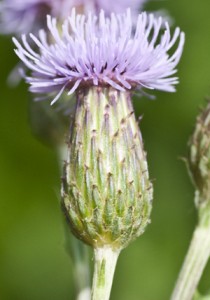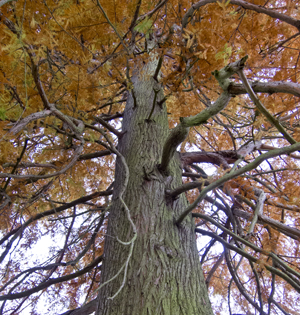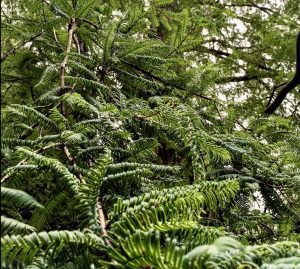woodlands web updates 16

LASI is the Laboratory of Apiculture and Social Insects at the University of Sussex. It is particularly noted for its research work on bees. Recently, Dr Balfour and Professor Ratnieks have published a study on the rôle of certain 'injurious weeds'. Five of our native wildflowers fall into this category : Ragwort (Jacobaea vulgaris), Creeping or Field Thistle (Cirsium arvense), Spear or Common Thistle (Cirsium vulgar), Curly Dock (Rumex crispus), and Broadleaved or Common Dock (Rumex obtusifolius). They compared the ragwort and the thistles with plants like red clover and wild marjoram (often encouraged / sown on field edges etc)..
They found that the 'injurious weeds' were particularly 'effective' at attracting pollinators, not only did they they attract greater numbers of pollinators than clover etc, but also a greater range of pollinator species. This was ascribed to the open nature of their flowers and their generous nectar production. This brings into question the control of species like the ragwort, as it is clearly important to pollinators (as are some 'botanical thugs' - like brambles). Ragwort contains chemicals that are toxic to livestock, causing liver damage; it has been blamed for the deaths of horses and other animals.
 At the Smithsonian, Kress and Krupnick have analysed the features of some 80,000+ species of plants to see how they might fare in the Earth's changing climate (the Anthropocene). This may seem like a large number of different plants, but represents approximately only 30% of the known species of vascular plants. There is not enough information of the remaining species to make a reasonable guess as to how they might react to climate change; a reflection on how little we actually known about our 'botanical resources'. Sadly, they conclude that more plants will lose out than win. Particularly at risk of extinction are the Cypress family (which includes the redwoods and junipers) and the Cycads, whereas black cherry might be a winner.
At the Smithsonian, Kress and Krupnick have analysed the features of some 80,000+ species of plants to see how they might fare in the Earth's changing climate (the Anthropocene). This may seem like a large number of different plants, but represents approximately only 30% of the known species of vascular plants. There is not enough information of the remaining species to make a reasonable guess as to how they might react to climate change; a reflection on how little we actually known about our 'botanical resources'. Sadly, they conclude that more plants will lose out than win. Particularly at risk of extinction are the Cypress family (which includes the redwoods and junipers) and the Cycads, whereas black cherry might be a winner.
As was reported previously in the woodlands blog, there is a difference between the leaves of the redwoods found at the top of the tree and those lower down. Those at the top are small, thick, and fused to the vertical stem axis; this fusion of leaf and stem creates a relatively large volume of tissue and intercellular space that can store water. The leaves in the lower part of the crown by comparison are large, flat and horizontal to the stem axis.

Now scientists as the University of California (Davis) have further investigated the role of these leaves. They now believe that the different leaf forms help explain how the exceptionally tall trees are able to survive in both wet and dry parts of their range in California. In the rainy and wet North Coast, the water absorbing leaves are found on the lower branches of the trees. In the Southern part of the redwoods range, the water collecting leaves are found at a higher level to take advantage of the fog (and rain, which occurs less often).
Comments are closed for this post.

There is some evidence that stock will not eat it if they have a choice, if the pasture is not over-grazed.
Colin
1 May, 2022